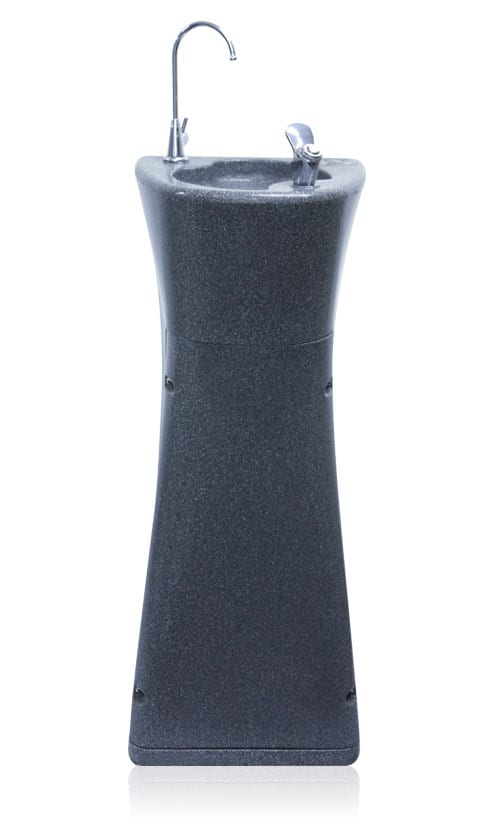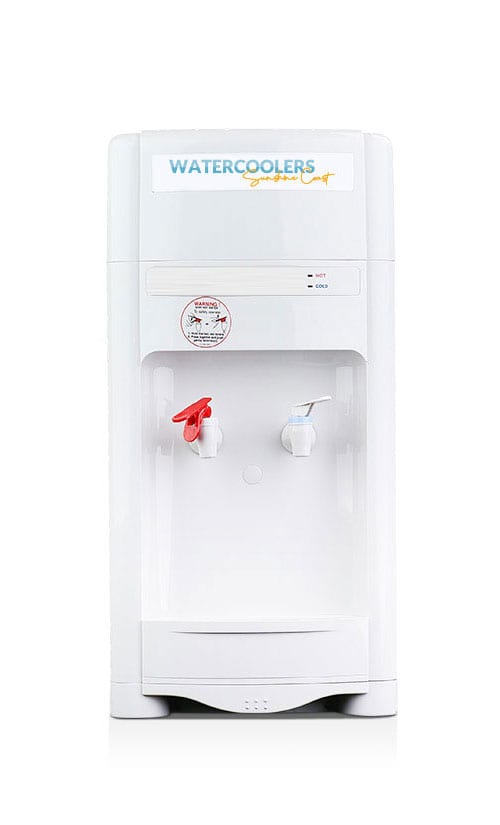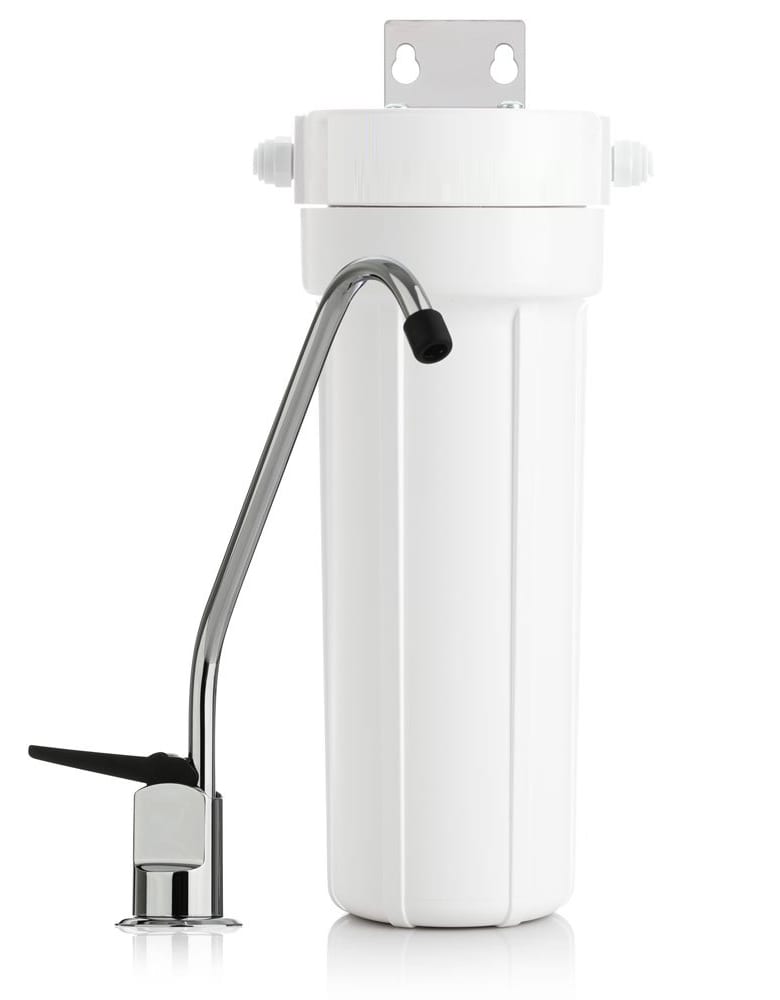Everything You Need to Know about Ultraviolet Water Purification by John Mone
A number of factors combine to make ultraviolet radiation a superior means of water purification for rainwater harvesting systems. Ultraviolet radiation is capable of destroying [UV does not actually destroy, but inactivate bacteria, see note] all types of bacteria. Additionally, ultraviolet radiation disinfects rapidly without the use of heat or chemical additives which may undesirably alter the composition of water.
The most familiar part of the spectrum is a narrow band of wavelengths visible to the human eye. Another band with wavelengths shorter than those of visible light, and not visible to the eye, is the ultraviolet part of the spectrum. Ultraviolet radiation can cause changes in living matter. The sun’s rays cause sunburn. Rays from a welder’s torch burn the unprotected eyes of an observer. The ultraviolet spectrum includes wavelengths from 2000 to 3900 Angstrom units (Å). One unit is one ten billionth of a meter. The 2000 to 3900 Å range may be divided into three segments:
Long-wave ultraviolet – The wavelength range is 3250 to 3900 Å. These rays occur naturally in sunlight. They have little germicidal value. Middle-wave ultraviolet – The wavelength range is 2950 to 3250 Å, also found in sunlight.
Middle-wave UV is best known for its sun-tanning effect; it provides some germicidal action, with sufficient exposure.
Short-wave ultraviolet – The wavelength range is 2000 to 2950 Å. This segment possesses by far the greatest germicidal effectiveness of all ultraviolet wavelengths. It is employed extensively to destroy bacteria, virus, mould, spores, etc., both air- and water-borne.
Short-wave ultraviolet does not occur naturally at the earth’s surfaces, because the atmosphere screens out sunlight radiation below 2950 Å. In order to take practical advantage of the germ-killing potential of short-wave ultraviolet, it is necessary to produce this form of energy through the conversion of electrical energy. The conversion of electrical energy to short-wave radiant ultraviolet is accomplished in a mercury vapour lamp.
MERCURY VAPOUR OR GERMICIDAL LAMPS
The low-pressure variety of mercury vapour lamp, which can be referred to as a germicidal lamp, provides the most cost-effective and efficient source of short-wave ultraviolet energy. Germicidal lamps are made of special quartz glass that will allow 70 to 90 per cent of the short ultraviolet rays to pass. Ordinary glass is not transparent to wavelengths below 3200 Å. The low pressure mercury vapour lamp emits radiation that is predominately at 2537 Å. This is in the region of maximum germicidal effectiveness.
The germicidal lamp works on the following principle: An electric arc is struck through an inert gas carrier, in a sealed special glass tube. Heat from the arc causes vaporization of the small amount of mercury contained in the sealed tube. The mercury, when vaporized, becomes ionized and in the electric arc gives off UV radiation.
REQUIRED GERMICIDAL ENERGY
Bacteria withstand considerably more ultraviolet irradiation in water than in dry air. E.coli, for example, (common in the water of unprotected catchment systems), requires more UV exposure for their destruction in water than in dry air. In either case, the germicidal radiation must strike a microorganism to destroy it. This requires that the water be clear enough to allow transmission of an adequate quantity of UV energy. The degree of microbial destruction is a function of both the time and intensity of the radiation to which a given microorganism is exposed. A short exposure time at high intensity is as effective as a long exposure time at low intensity, provided the product of the time and intensity remains the same.
Any turbidity in the water reduces the range of transmission to UV radiation. Water that is naturally turbid, or that has become turbid from corrosion products formed during storage in steel tanks and liners, should be filtered before UV purification. A 5-micron filter prior to the UV lamp is recommended.
PURIFIER DESIGN
Several design features are combined to determine the dosage delivered:
1. Wavelength output of the lamp.
2. Length of the lamp – when the lamp is mounted parallel to the direction of water flow, the exposure time is proportional to the length of the lamp.
3. Design water flow rate – exposure time is inversely related to the linear flow rate.
4. Diameter of the purification chamber – since the water itself absorbs UV energy, the delivered dosage diminishes logarithmically with the distance from the lamp.
In a typical operation, water enters the inlet of a UV lamp and flows through the annular space between the quartz sleeve (which contains the germicidal lamp) and the outside chamber wall. The irradiated water leaves through the outlet nozzle.
This article is an excerpt from a technical article courtesy of Atlantic UltraViolet Corporation.
Note: Per the MEDRIX UV handbook, "the ultraviolet energy emitted by a UV-C germicidal lamp has the capacity to alter the nucleic acid (DNA) of viruses, bacteria, moulds and parasites so they cannot reproduce and are thereby considered inactivated."





